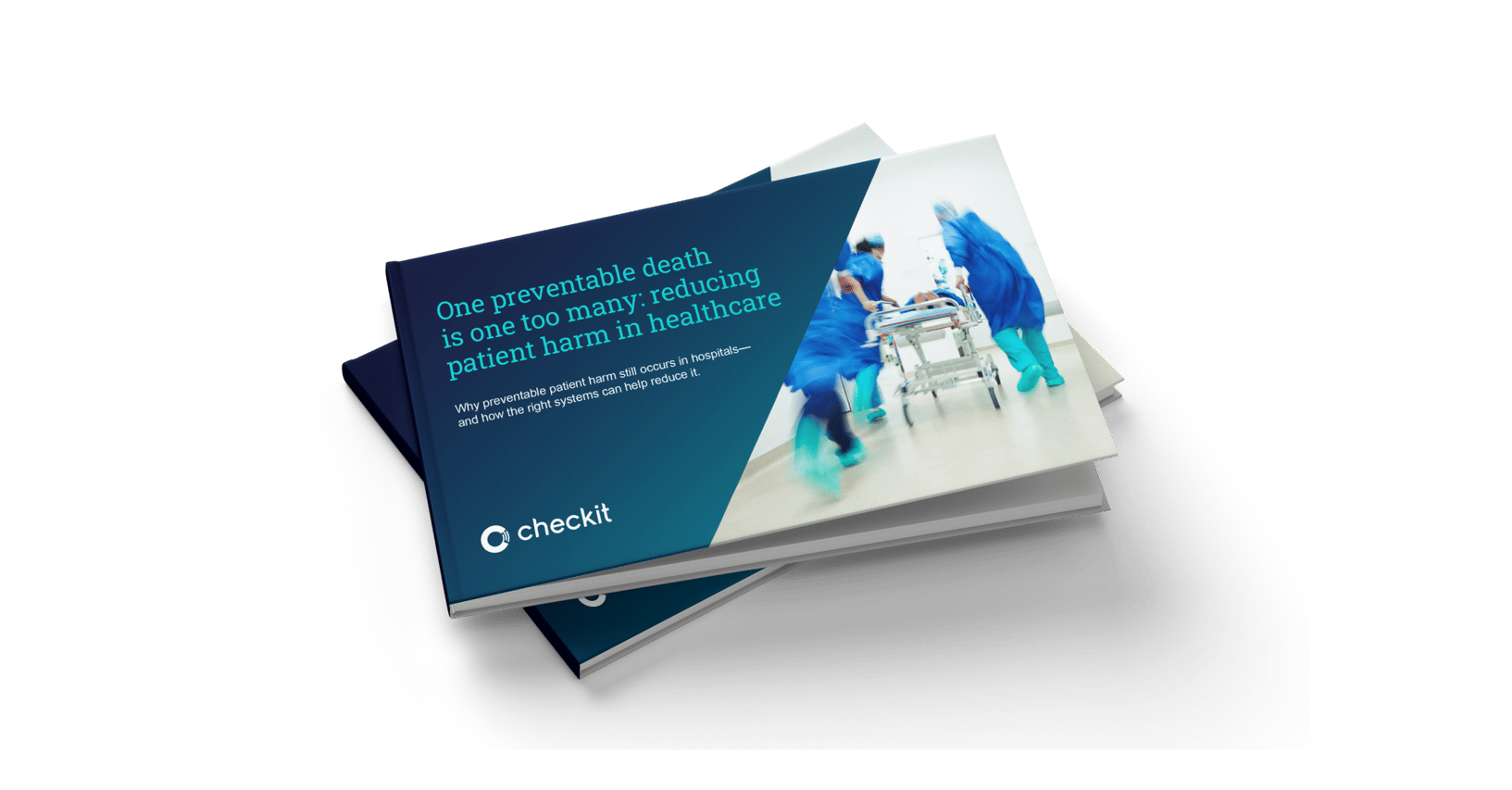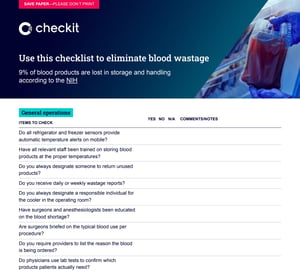One preventable death is one too many.
Why preventable patient harm still occurs in hospitals—and how the right systems can help reduce it.
The oft-repeated “440,000 deaths a year” statistic may not be accurate, but even a single preventable death is one too many.
It’s a shocking statistic: Medical errors are the third leading cause of death in the U.S.
But is it true?
First introduced in a 2016 British Medical Journal (BMJ) analysis, the authors who coined this stat did so by extrapolating the mean death rate from previous studies and concluding that as many as 440,000 deaths a year could be attributed to medical errors. The statistic has since been cited in over 1,000 papers, but not without pushback.
But even one preventable death is one too many. And regardless of mortality, medical errors are still a costly issue for hospitals. They cost a reported $20 billion a year, with some studies estimating that 10-15% of healthcare expenditure is directly related to consequences of patient harm.
In this guide, we’ll provide an overview of the most common preventable medical errors and offer solutions for how operations teams can help others avoid them.

Download the Guide
YOU MAY ALSO BE INTERESTED IN
.png?width=300&name=ML%20-%20Linkedin%201200x627%20(2).png)
Cooling is one of those immensely difficult challenges AI wasn’t fit to address until this year.
Read More.png?width=300&name=Copy%20of%20Ebook%20thumbnail%20-%20Blood%20crisis%20(1).png)
Why the young won’t donate, the dangers of cold chain waste, and how you can help

Use this checklist to ensure your operation isn't losing blood due to storage and handling
Read More
